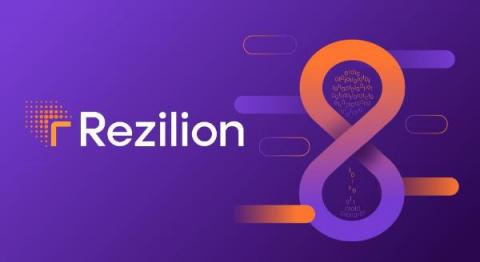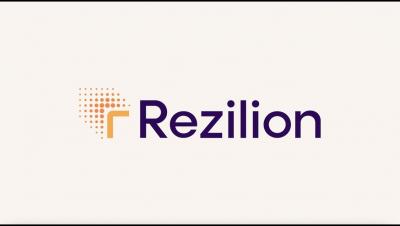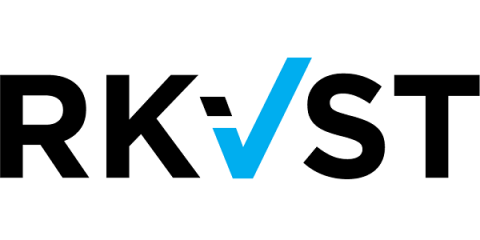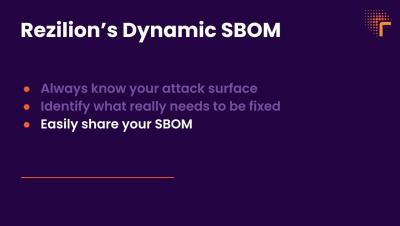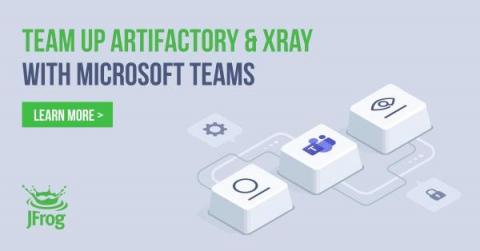Security | Threat Detection | Cyberattacks | DevSecOps | Compliance
DevSecOps
DevSecOps monitor and decommission
This is the final article of the DevSecOps series and how it overlays onto DevOps lifecycle. In the first article, we discussed build and test in DevSecOps. In the second article, we covered securing the different components of the deploy and operate process. The final phases of the DevOps lifecycle are monitoring the deployed applications and eventually decommissioning when they are no longer needed.
Rezilion. It's About Time.
#vulnerabilitymanagement #vulnerabilities #devsecops #devops #sbom #dynamicsbom
RKVST (Jitsuin) SCITT Demo from 2019
What is SCITT and how does RKVST help?
SCITT in the information security context stands for “Supply Chain Integrity, Transparency, and Trust”. It’s a relatively young discipline and the dust is still settling over its scope and definition but the core is very simple: risk vests in the operator of equipment, but it originates at every point in the supply chain.
Auto-Remediation with Rezilion
Rezilion's Dynamic Software Bill of Materials (SBOM)
Team Up on DevSecOps with JFrog Platform App for Microsoft Teams
The JFrog DevOps Platform is your mission-critical tool for your software development pipelines. The results of key binary management events in Artifactory, Xray, and Distribution can reveal whether or not your software pipelines are on-track to deliver production-quality releases.
Using DevSecOps for Efficient IT Security
DevSecOps is the key to achieving effective IT security in software development. By taking a proactive approach to security and building it into the process from the start, DevSecOps ensures improved application security. It also allows organizations to rapidly develop application security with fewer bottlenecks and setbacks. Some critical aspects of the DevSecOps approach and best practices can help organizations get started implementing this development strategy.
Strategic Remediation Is Critical In Your DevSecOps Program
This is the fourth installment in a series about making DevSecOps work in your organization. The fourth and final pillar of DevSecOps—following discovery, validation and prioritization—is remediation. This is the step in the vulnerability management process that all the others lead to, and without it, there is essentially no point to going through any of the other phases. Not all remediation practices are equal, however.


